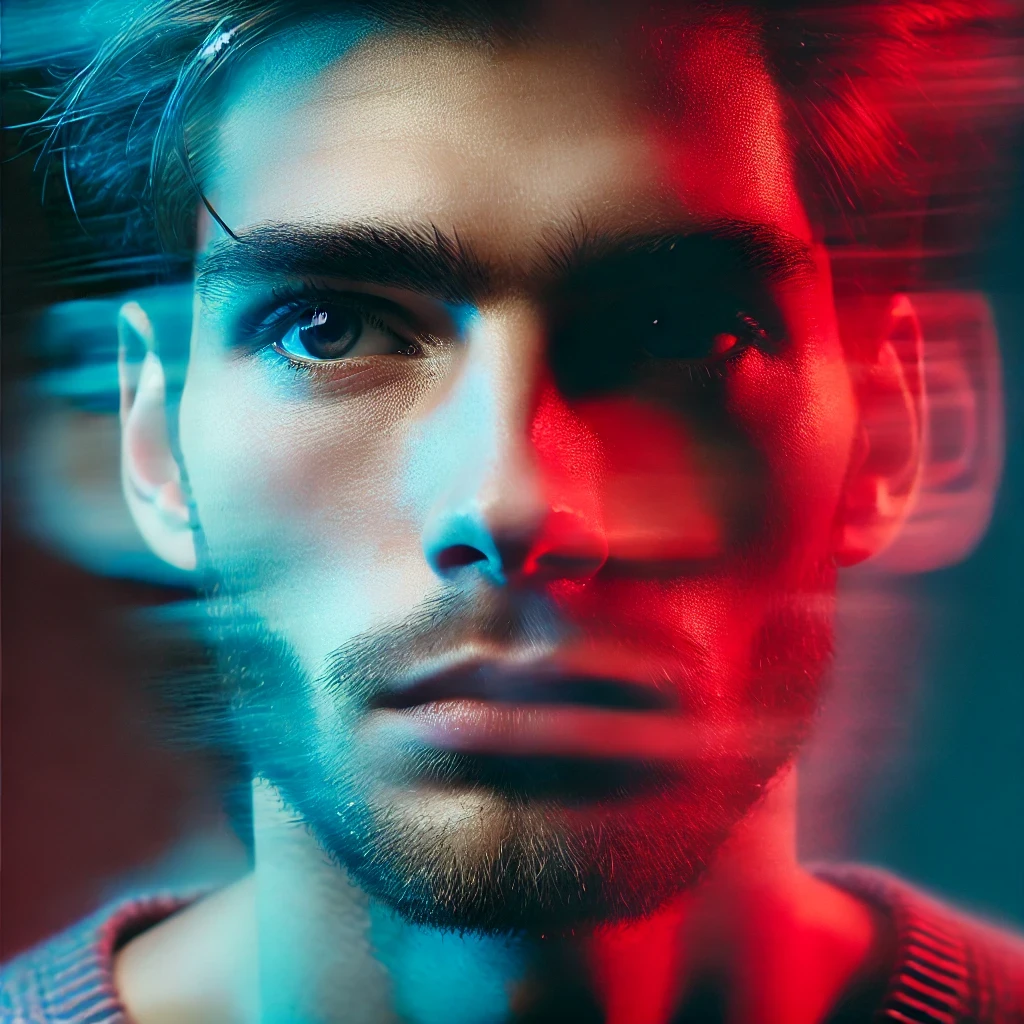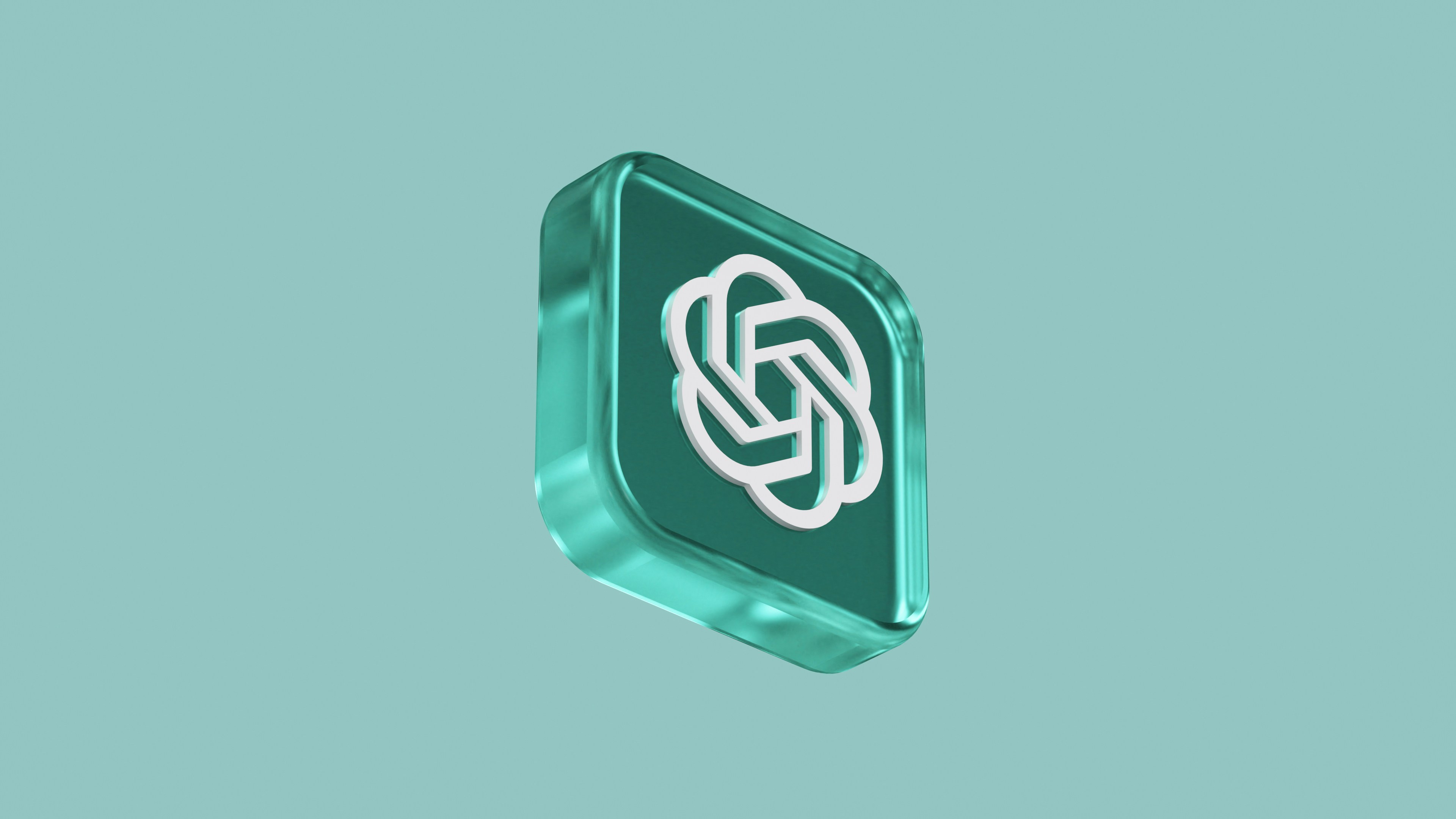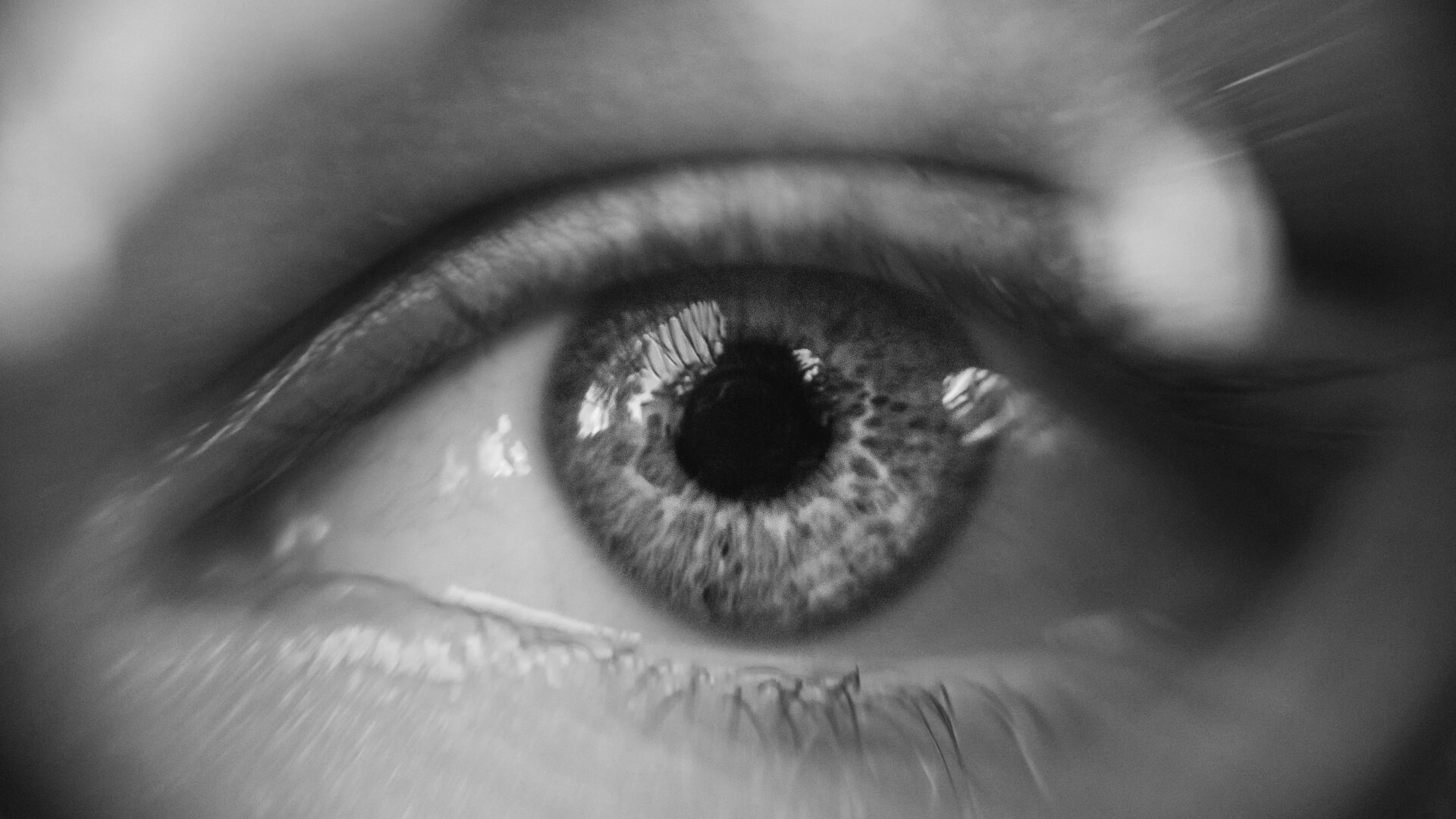The advent of ChatGPT's GPT-4o image generation marks a significant milestone in the e-commerce industry, particularly in the realms of marketing and product photography.
This development promises to revolutionize how brands conceptualize, create, and deploy visual content, offering unprecedented efficiency and creativity.
Understanding GPT-4o's Image Generation Capabilities
OpenAI's GPT-4o is a multimodal model capable of generating and understanding text, video, audio, and images. Unlike its predecessor, DALL-E 3, GPT-4o integrates image generation directly within ChatGPT, allowing users to create detailed and realistic images through conversational prompts. This integration facilitates a more intuitive and seamless creative process, enabling users to refine images through natural language interactions. Implications for E-Commerce Marketing Teams
For e-commerce marketing teams, GPT-4o's image generation offers several transformative benefits:
Cost Efficiency: Traditional product photography involves significant expenses, including hiring photographers, renting studio space, and post-production editing. GPT-4o reduces or eliminates these costs by enabling in-house creation of high-quality images.
Speed and Agility: The ability to generate images on-demand accelerates marketing campaigns. Teams can quickly produce visuals tailored to specific promotions, seasons, or trends without the lead time associated with traditional photography.
Customization and Personalization: GPT-4o allows for the creation of images that cater to diverse customer segments. By adjusting prompts, marketers can generate visuals that resonate with different demographics, enhancing engagement and conversion rates.
Consistency Across Channels: Maintaining visual consistency across various marketing channels is crucial for brand identity. GPT-4o enables the production of uniform images adapted to different platforms, ensuring a cohesive brand presence.
Transforming Product Photography for Brands
Product photography is a cornerstone of e-commerce, influencing consumer perceptions and purchasing decisions. GPT-4o's image generation capabilities are poised to redefine this aspect in several ways:
Enhanced Visual Appeal: The model's ability to produce photorealistic images with accurate textures and lighting enhances the visual appeal of products, making them more attractive to potential buyers.
Versatility in Presentation: Brands can experiment with various styles, backgrounds, and settings to present products in innovative ways that align with their identity and appeal to their target audience.
Rapid Prototyping: Before committing to mass production, companies can visualize product designs and variations, facilitating better decision-making and reducing the risk of costly errors.
Addressing Challenges and Considerations
While the benefits are substantial, integrating GPT-4o into e-commerce marketing and product photography comes with challenges:
Quality Control: Ensuring that AI-generated images accurately represent the product is critical to maintain customer trust and satisfaction.
Legal and Ethical Concerns: The use of AI in generating images raises questions about copyright, especially when mimicking specific artistic styles. OpenAI has faced criticism for enabling the generation of images in the style of copyrighted works, leading to concerns over the use of such material without compensation.
Skill Development: Teams must acquire the skills to effectively use AI tools, including crafting precise prompts and understanding the capabilities and limitations of the technology.
Real-World Applications and Case Studies
Several businesses have begun integrating GPT-4o into their operations:
GoDaddy: The technology and web-hosting company is utilizing GPT-4o for AI-driven content creation, including generating stock images and logos, thereby embracing AI-driven content creation.
E-Commerce Retailers: Some retailers are exploring the use of AI-generated images to replace traditional product photography, aiming to streamline their content creation processes and reduce costs.
Future Outlook
As GPT-4o and similar technologies evolve, their impact on e-commerce marketing and product photography is expected to deepen. We may see advancements in:
Interactive and Dynamic Content: AI-generated images could be integrated into interactive experiences, allowing customers to visualize products in various contexts or customize products in real-time.
Integration with Augmented Reality (AR): Combining AI-generated images with AR could offer immersive shopping experiences, enabling customers to see how products would look in their environment.
Enhanced Personalization: AI could generate images tailored to individual user preferences and behaviors, further personalizing the shopping experience and increasing engagement.
Conclusion
The integration of GPT-4o's image generation capabilities into e-commerce marketing and product photography represents a paradigm shift, offering significant advantages in terms of cost, speed, and creativity. However, it also necessitates careful consideration of quality, legal, and ethical implications. As brands navigate this new landscape, the ability to effectively leverage AI-generated imagery will become a critical component of competitive strategy in the digital marketplace.




